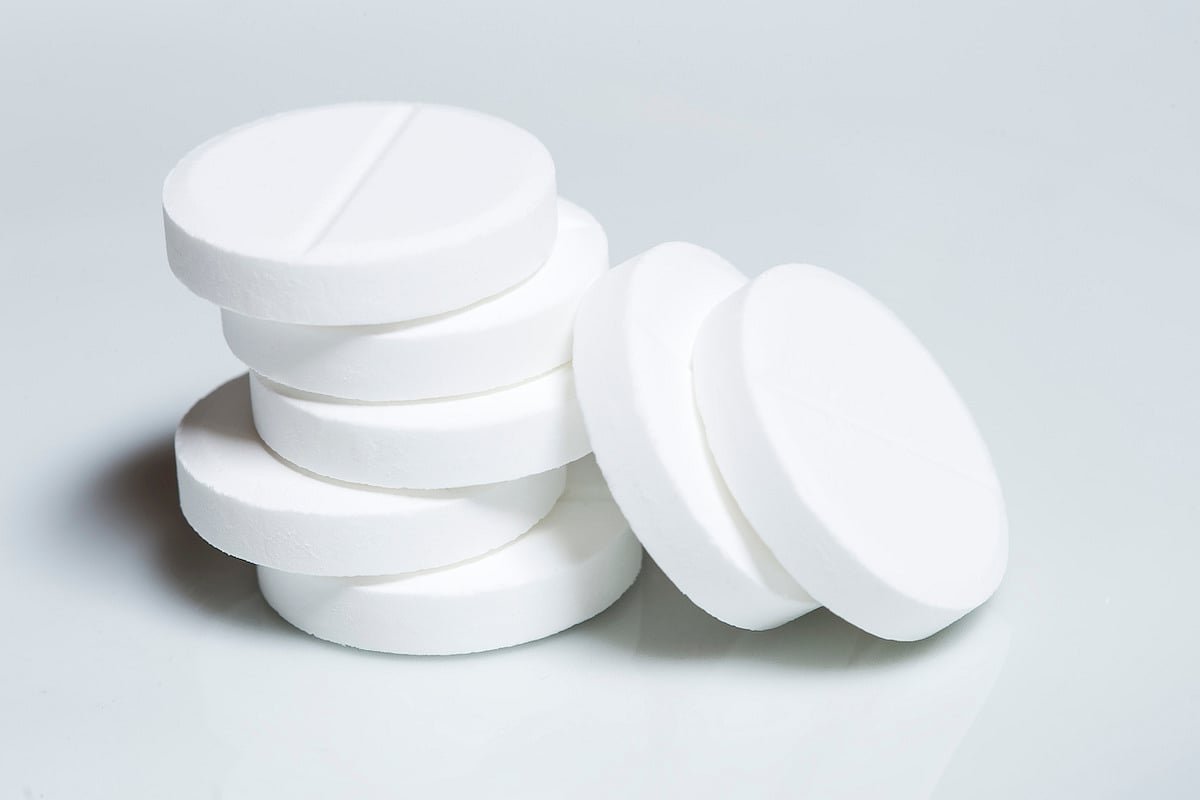Photo Credit: stefanamer
The following is a summary of “Erythrocyte indices and response to hypoxia-inducible factor prolyl hydroxylase inhibitors in chronic kidney disease patients with renal anemia: a retrospective study,” published in the November 2024 issue of Nephrology by Odajima et al.
Erythropoiesis-stimulating agents (ESAs) are the standard treatment for renal anemia, but hyporesponsiveness persists. Hypoxia-inducible factor prolyl hydroxylase inhibitors (HIF-PHIs), a newer class, affect erythrocyte indices, though their clinical significance is unclear.
Researchers conducted a retrospective study to evaluate the impact of HIF-PHIs on erythrocyte indices in renal anemia.
They retrospectively analyzed data from 233 non-dialysis-dependent patients with chronic kidney disease (CKD) who initiated either ESA (darbepoetin) or HIF-PHI for anemia treatment. They examined changes in hemoglobin levels and erythrocyte indices 3 months after treatment initiation to assess their association.
The results showed that both ESA and HIF-PHIs significantly increased hemoglobin levels after 3 months. In the HIF-PHI group, the increase in hemoglobin is correlated with the rise in mean corpuscular volume (MCV), unlike in ESA. A subgroup analysis revealed a significant difference in anemia improvement between ESA and HIF-PHIs in patients with lower MCV values. Logistic regression confirmed a significant interaction between baseline MCV values and treatment effectiveness.
Investigators found that an increase in hemoglobin levels was associated with a rise in MCV in patients treated with HIF-PHIs. The impact of baseline MCV values on the anti-anemic effects of ESA and HIF-PHIs requires further long-term evaluation.
Source: bmcnephrol.biomedcentral.com/articles/10.1186/s12882-024-03877-4














Create Post
Twitter/X Preview
Logout